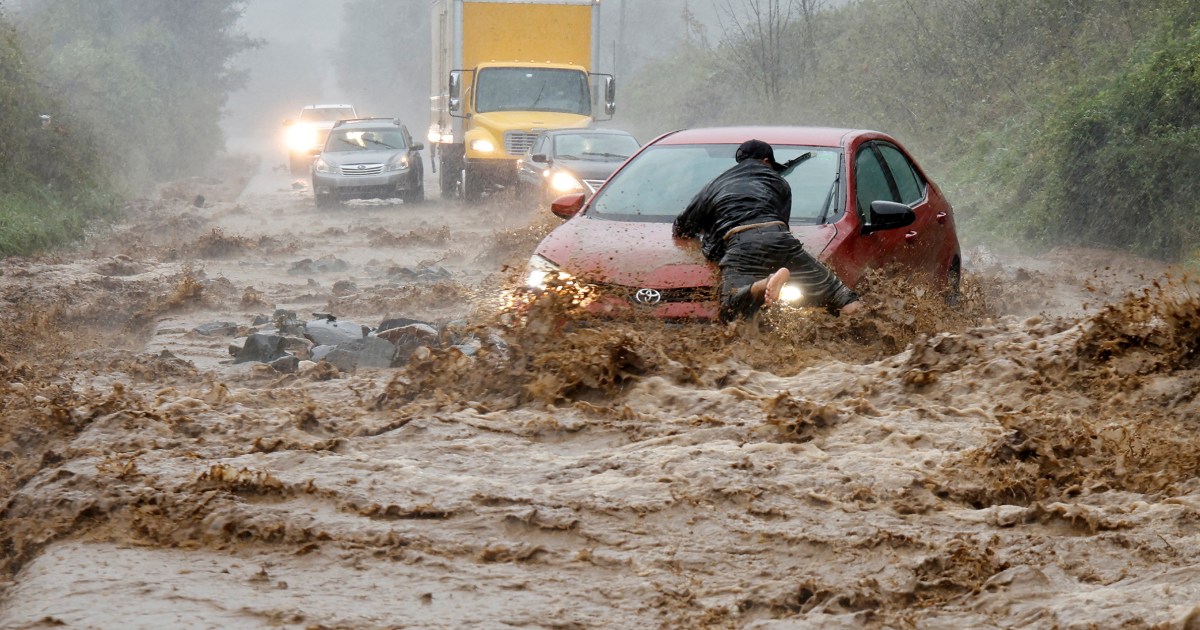Two walnut trees, taller than 100 feet, fell a few dozen feet from Godfrey’s home. Another tree crunched a neighbor’s car.
Communication systems have also fared worse than Godfrey expected.
“We have no idea what’s going on out there,” Godfrey said in a phone interview during a visit to a weather station he manages at UNC Asheville. “The only reason you got me is I’m on top of a hill looking over Asheville at the moment. Down in the valley, there’s no internet, no Wi-Fi, no cellular and even no texting.”
Asheville had been dubbed a climate haven in some news coverage, given that it’s removed from coastal threats like sea level rise and its relatively high elevation keeps temperatures down.
But almost nowhere on Earth is insulated from natural hazards, and few places have taken steps to sufficiently prepare for extreme weather that is becoming more common. Seattle was once viewed as a potential climate haven, until a 2021 heat wave sent temperatures to 108 degrees Fahrenheit in a place where most people didn’t have air conditioning. And parts of the Midwest that were seen as climate havens have seen extreme rain, too.
“Climate change hits different communities in different ways, and so while mountainous areas may have been a haven from extreme temperatures, as we found out, they’re not necessarily a haven from the potential for devastating flooding,” Winkley said.
It’s a reminder, he said, of the far-ranging consequences of a warming world.
“A hurricane is normally thought of as a coastal problem, but now we’re finding that these events — these big-ticket, climate-driven events — can make weather more intense farther away from the typical impact spots that you would think,” he said.







